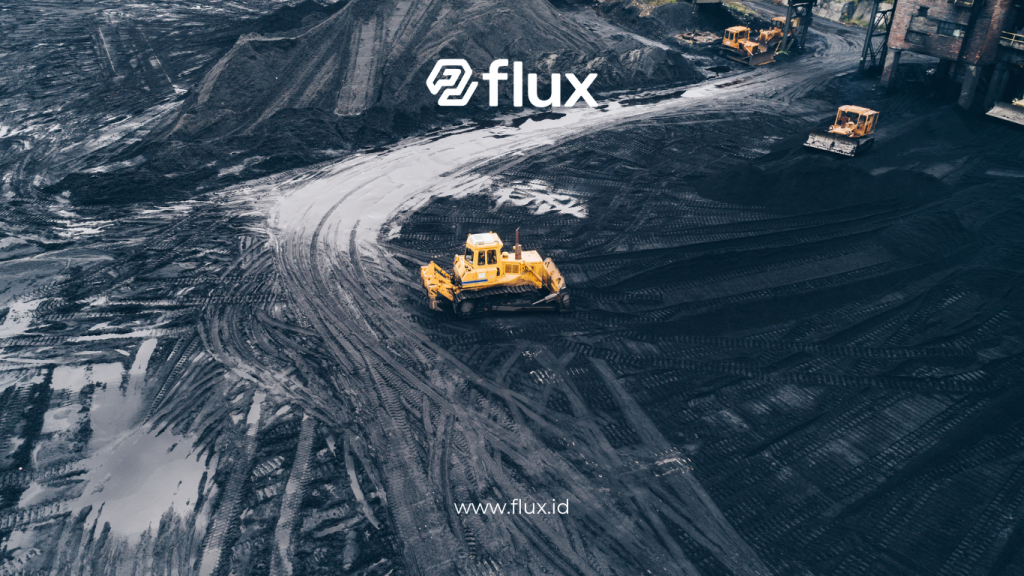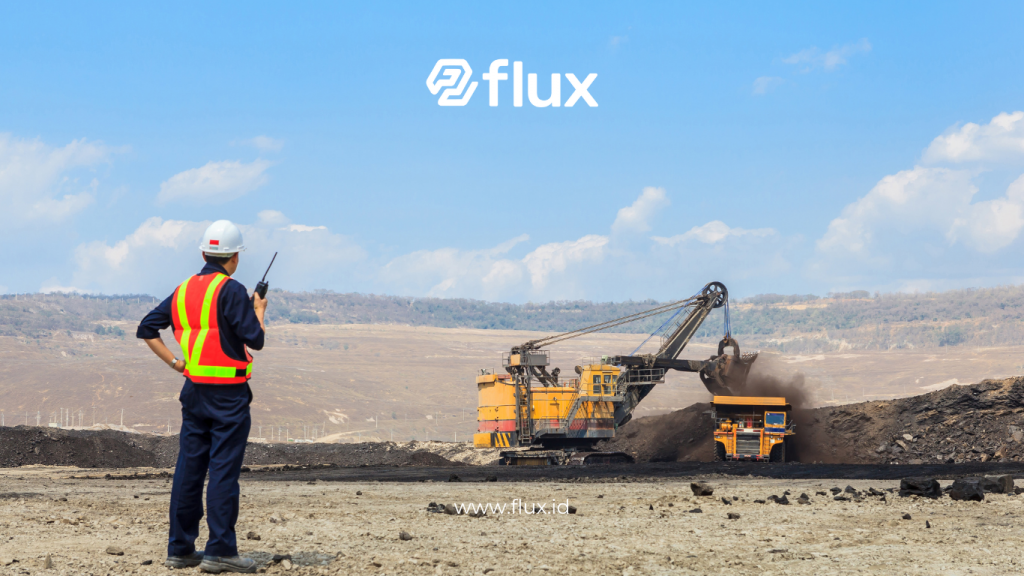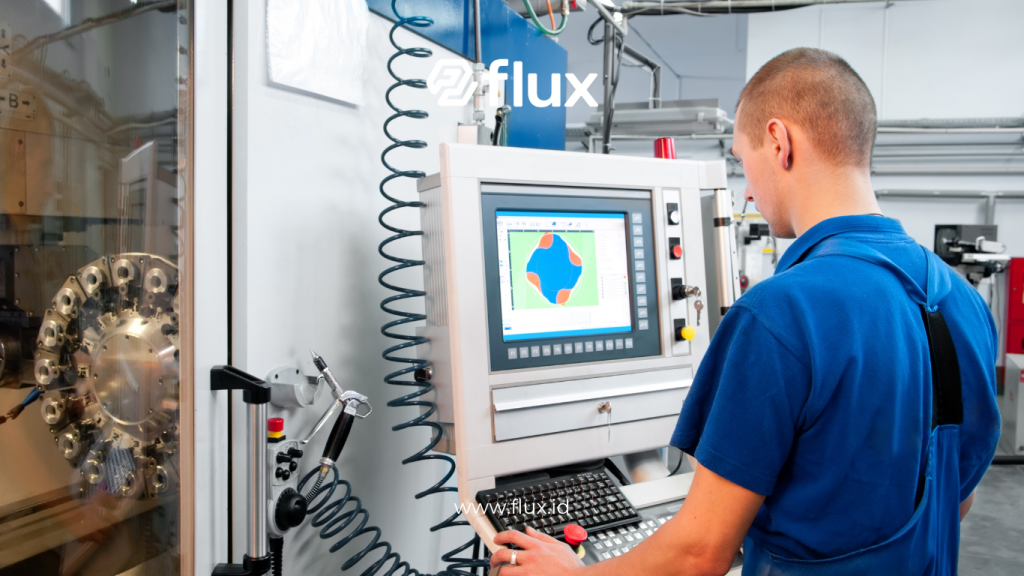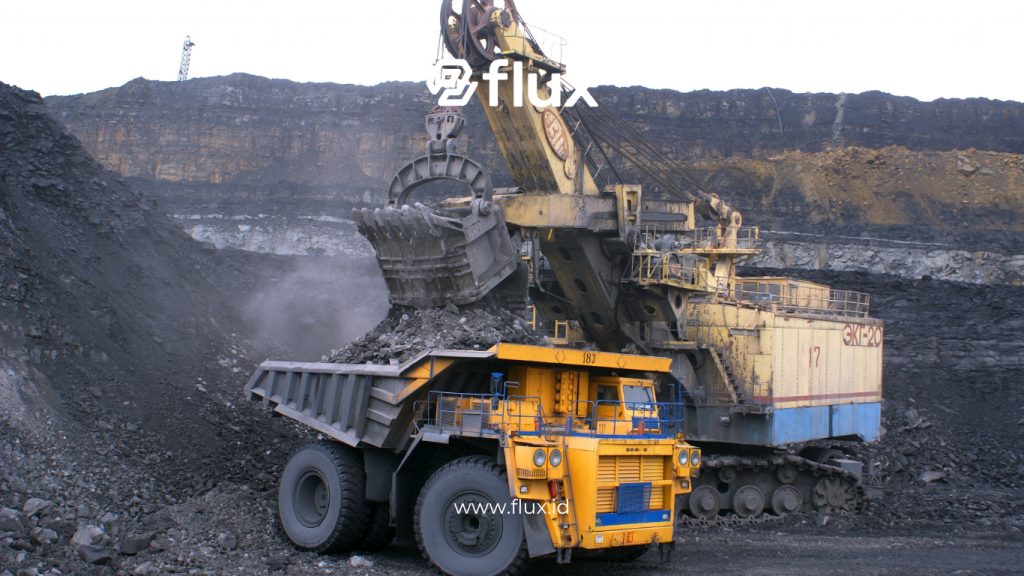Don't miss our holiday offer - 20% OFF!
The mining industry is known for being resource-intensive, demanding significant investment in human, equipment, and environmental resources. As technology advances, the Internet of Things (IoT) plays a pivotal role in revolutionizing how mining operations are managed. By enabling companies to monitor and analyze data in real-time, IoT brings greater efficiency, productivity, and safety to the industry. In this article, we will explore how IoT is transforming mining monitoring and the benefits it provides.
Contents
- 1 1. What Is IoT in the Mining Industry?
- 2 2. The Benefits of Real-Time Monitoring in Mining
- 3 3. Data Analysis in Mining: Gaining Insights from Big Data
- 4 4. How IoT Enhances Safety in Mining
- 5 5. IoT in Automated Mining Operations
- 6 6. Challenges of Implementing IoT in Mining
- 7 7. The Future of IoT in the Mining Industry
- 8 Conclusion
1. What Is IoT in the Mining Industry?

Read More: Optimizing Fuel Tank Monitoring with IoT Sensors: The Latest Technology for Efficiency and Safety
IoT, or the Internet of Things, refers to a network of connected devices that communicate with each other over the internet. In mining, IoT links equipment, sensors, vehicles, and workers in real-time. This network facilitates the seamless exchange of data, allowing mining operations to track conditions, equipment performance, and environmental factors more effectively.
1.1 Examples of IoT Use in Mining
- Sensors in Mining Equipment: Mining equipment fitted with IoT sensors allows real-time monitoring of machinery performance, detecting potential breakdowns before they occur.
- Environmental Monitoring: IoT sensors help track air quality, noise levels, and other environmental factors, ensuring compliance with safety standards.
2. The Benefits of Real-Time Monitoring in Mining

One of the most significant advantages IoT offers is real-time monitoring. By collecting live data, mining companies can make quicker and more informed decisions.
2.1 Improved Operational Efficiency
IoT enables mining operations to continuously monitor processes and quickly identify areas for improvement. For instance, tracking machinery performance allows companies to minimize downtime, ultimately increasing productivity and reducing the need for costly repairs.
2.2 Resource Optimization
Real-time data helps companies use resources more efficiently. For example, IoT enables fuel usage monitoring for mining vehicles, allowing adjustments based on actual demand, reducing waste.
2.3 Enhanced Safety
Safety improves with IoT technology in place. Sensors monitor conditions like air quality and worker health, providing alerts when risks are detected, ensuring faster responses to dangerous situations.
3. Data Analysis in Mining: Gaining Insights from Big Data

Read More: The Future of Security: How Biometric Sensors are Changing the Way We Protect Personal Data
Data gathered from IoT sensors becomes a valuable asset for mining companies. By analyzing this data, companies can identify patterns, predict issues, and optimize operations.
3.1 Predictive Maintenance
Data analysis allows mining companies to predict when equipment requires maintenance, reducing downtime and avoiding complete breakdowns. Predictive maintenance improves equipment lifespan and keeps operations running smoothly.
3.2 Environmental Monitoring
IoT data also helps monitor environmental conditions. Companies can assess pollution levels, water quality, and soil health in real-time, taking action to reduce the environmental impact of their operations.
4. How IoT Enhances Safety in Mining

Safety is crucial in the mining industry, and IoT offers valuable tools to improve it. With real-time monitoring and data analysis, mine safety protocols become more effective.
4.1 Monitoring Mine Conditions
IoT technology continuously monitors vital mine conditions, such as air quality and temperature. If sensors detect changes that could jeopardize safety, mine operators receive instant alerts to take immediate action.
4.2 Rapid Response to Accidents
IoT can also detect accidents in real-time. When an accident happens, the system instantly notifies emergency responders, enabling them to reach the site more quickly and improve rescue efforts.
5. IoT in Automated Mining Operations

Read More: How Temperature and Humidity Sensors in a Smart City
Another development reshaping the mining industry is the introduction of automated mining equipment. IoT plays a central role in controlling and monitoring these autonomous machines, increasing both efficiency and safety.
5.1 Autonomous Vehicles
Autonomous mining trucks, for example, use IoT to operate without human drivers. These trucks can avoid obstacles, maintain efficiency, and reduce risks, thanks to real-time data collected by IoT sensors.
5.2 Drone Inspections
Drones equipped with IoT sensors can be deployed to inspect mining sites, including hard-to-reach areas. These inspections reduce the need for workers to enter dangerous zones, improving both safety and efficiency.
6. Challenges of Implementing IoT in Mining
Despite the many advantages IoT brings, its implementation in the mining industry does come with challenges.
6.1 Connectivity Issues in Remote Locations
Many mining sites are in remote areas where internet connectivity is limited or unavailable. Reliable communication infrastructure is crucial for IoT systems to function properly.
6.2 High Initial Costs
Adopting IoT technology requires a substantial initial investment. Although the long-term benefits of increased efficiency and reduced downtime outweigh the costs, the upfront expenses can be a barrier for some companies.
7. The Future of IoT in the Mining Industry

As IoT continues to evolve, its potential to further revolutionize the mining industry increases. The future holds more advanced IoT applications that will transform how mines operate.
7.1 Integration with AI and Machine Learning
When IoT is combined with artificial intelligence (AI) and machine learning, mining companies can gain even deeper insights from their data. AI algorithms can help optimize operations by providing recommendations based on data from IoT sensors.
7.2 Sustainability
IoT will also play a role in making mining more sustainable. By monitoring and controlling resource use, mining companies can reduce their environmental footprint, ensuring that their operations are as eco-friendly as possible.
Conclusion
IoT technology is undoubtedly changing the landscape of the mining industry. By enabling real-time monitoring and data analysis, mining companies can enhance their efficiency, improve safety, and optimize their resources. Although the challenges of implementation, such as connectivity and costs, are real, the long-term benefits far outweigh them. As technology evolves, IoT will continue to shape the future of mining, with innovations in automation, safety, and sustainability driving the industry forward.





